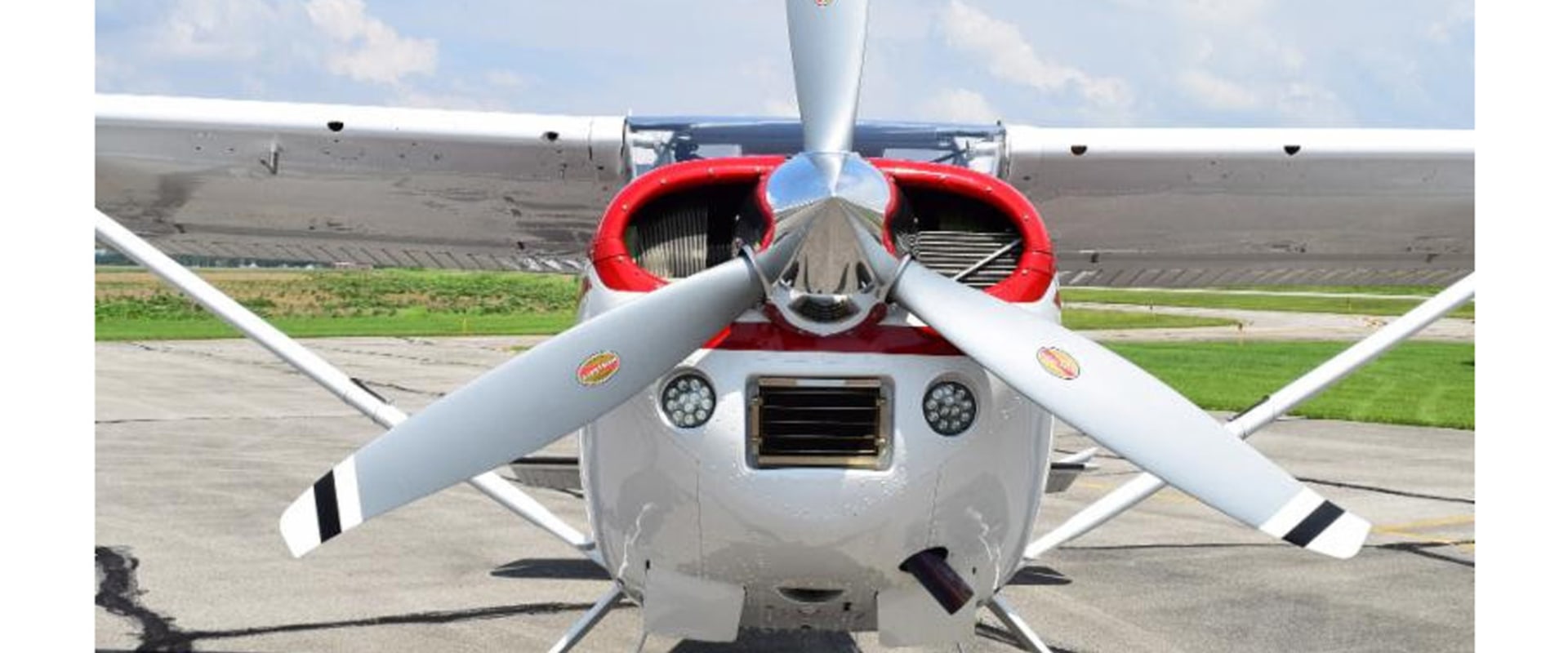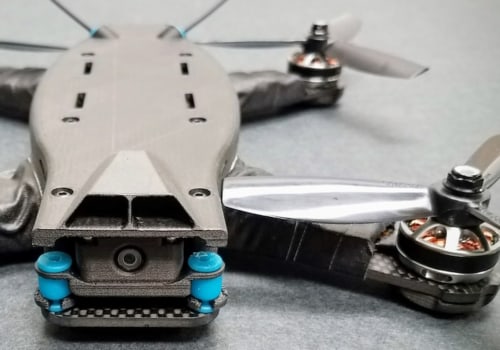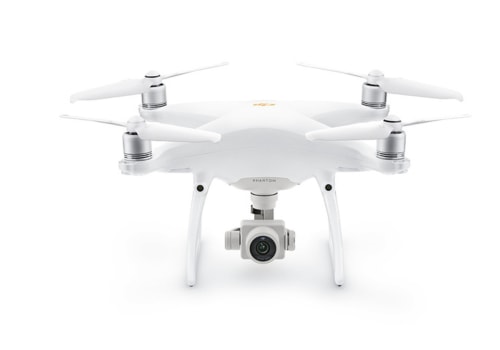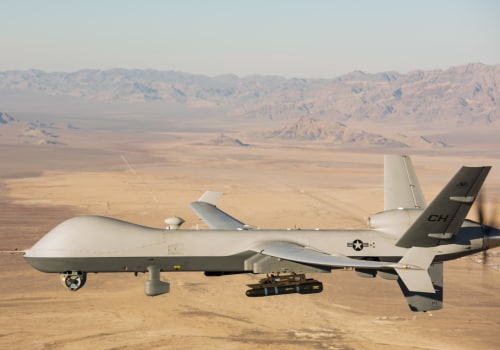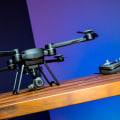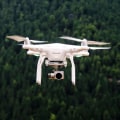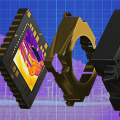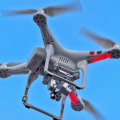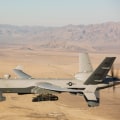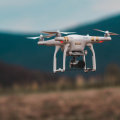Flying is an exciting and rewarding experience, but it comes with some risks. To ensure a safe and enjoyable flight, it is essential to check the propellers after every flight. Properly maintaining and inspecting the propellers can reduce the risk of costly repairs, as well as improve the performance of the aircraft. In this article, we will discuss the importance of checking the propellers after flight, as well as provide some tips and procedures for doing so.
Propellers are an integral part of any aircraft. They provide thrust to move the plane forward and help create lift to keep it airborne. In order to ensure that the aircraft performs optimally, it is important to check the propellers after every flight. This helps to detect any potential problems and fix them before they become more serious.
Furthermore, regular maintenance and inspection of the propellers can help prevent costly repairs in the future. Regularly checking for signs of wear and tear can help extend the life of your propellers and keep them running smoothly. By following some simple safety tips and procedures, you can ensure that your aircraft is always safe and reliable. Checking the propellers of an aircraft after a flight is an important part of post-flight safety procedures. Propeller damage can have a significant effect on the performance and handling of the aircraft, as well as cause expensive repairs.
This is why it is so important to inspect the propellers after each flight. When checking the propellers, you should look out for any signs of damage, such as cracks, dents, loose parts, or any other irregularities. It is also important to examine the hub for signs of wear or any other abnormalities. If anything is found, it is best to replace the propeller in order to ensure the safety of the aircraft. When inspecting the propellers, there are several steps that should be taken. First, you should inspect each blade for any signs of damage.
Make sure to look at both sides of the blade and pay special attention to any dents or scratches. You should also examine the hub for any signs of wear, as well as make sure all bolts are securely tightened. Finally, you should check for any loose parts or other abnormalities. In addition to the steps mentioned above, there are certain safety measures that should be taken when checking the propellers. These include wearing safety goggles to protect your eyes from any loose pieces, maintaining a safe distance from the propeller blades, and being aware of your surroundings at all times.
It is also a good idea to use a flashlight or other light source to help you better see any possible issues. Lastly, it is important to note that propeller checks should be done regularly. Depending on the aircraft and its usage, you may want to check the propellers after every flight or at least every few weeks. This will help ensure that your aircraft remains safe and in good working condition.
Steps for Checking Propellers
When checking propellers after a flight, it is important to inspect each blade for any signs of damage, as well as examine the hub for signs of wear. Start by visually inspecting the propeller blades for any dents, cracks, or other signs of damage.If any are found, the propeller should be replaced immediately. Next, rotate the propeller and check for signs of corrosion or pitting in the hub. If either is found, the propeller should be replaced. Once the visual inspection is complete, use a torque wrench to check that the propeller is properly tightened onto the engine shaft.
If it is not, the propeller should be tightened using the manufacturer's recommended torque values. Finally, check for any broken or loose fasteners. If any are found, they should be tightened or replaced as necessary.
What to Look for When Checking Propellers
When checking the propellers after a flight, it is important to look for any signs of damage, such as cracks, dents, chips, or loose parts. You should also check for any build-up of dirt, dust, and other debris that could interfere with the propeller's performance.Additionally, inspect the blade tips and the hub to ensure they are in good condition. If you notice any issues with the propellers after flight, it is important to address them before your next flight. This could involve anything from replacing the propeller entirely to applying a patch or repair. It is also important to check for any damage to the spinner cone and bulkheads, as these can cause significant issues during flight.
Cracks
- Cracks in the propeller blades can be caused by various impacts, such as flying through dense vegetation or hitting solid objects while flying. These cracks can severely reduce the efficiency of the propeller and should be addressed as soon as possible.Dents
- Dents in the propeller blades can happen if they come into contact with solid objects while flying.These dents can cause turbulence and reduce the efficiency of the propeller.
Loose Parts
- Loose parts can be caused by a number of factors, including improper installation or wear and tear over time. Loose parts can cause vibration and other issues during flight, so it is important to check for them after a flight.Dirt and Debris
- Dirt and debris can build up on the surface of the propeller blades, reducing their efficiency. Regularly cleaning the propeller blades can help reduce this build-up and maintain their performance.Why Check Propellers After Flight?
Checking the propellers after a flight is essential for flight safety. Propeller damage can have an adverse effect on the performance of an aircraft, as well as cause expensive repairs.Even the slightest problem with a propeller can lead to major issues such as engine failure, loss of power, and even crash. That is why it is so important to check the propellers after a flight. Propeller damage can happen during a flight due to various reasons, such as encountering turbulence, striking objects in the air, or even due to wear and tear. The damage can range from minor scratches and dents to more serious issues such as bent blades and out-of-balance rotors. A thorough inspection of the propeller should be done upon completion of each flight in order to identify any potential problems. When checking the propellers after a flight, it is important to look for any signs of damage or wear.
If any of these signs are present, it is essential to have the propeller repaired or replaced before the next flight. It is also important to check for proper alignment and balance. If any issues are identified, they should be addressed immediately. In addition to ensuring that the propellers are in good condition, it is also important to inspect the engine and other components of the aircraft. This will help to ensure that all systems are functioning properly and that no further damage has occurred during the flight. Checking the propellers after a flight is an important part of post-flight safety procedures.
It is essential to inspect the propellers for any signs of damage or wear, as well as ensure proper alignment and balance. By doing so, pilots can ensure that their aircraft is safe and ready for the next flight.
How Often Should Propeller Checks Be Done?
Propeller checks should be done after every flight, regardless of whether the aircraft experienced any turbulence or other issues during the flight. It is important to inspect the propellers for any damage or wear and tear caused by the flight. Additionally, it is important to pay attention to any changes in the noise, vibration, or performance of the aircraft during a flight, as they could indicate a problem with the propellers.It is also important to perform regular inspections of the propellers, even if no problems have been detected. Depending on the aircraft, these inspections may need to be done every few months or after a certain number of flight hours. Additionally, if the propellers have been exposed to extreme weather conditions or other environmental factors, it is important to check them more frequently. Finally, it is important to check the propellers before each flight to ensure that they are in good working order.
This includes visually inspecting them for damage and checking for any loose or damaged parts.
Additional Safety Measures
When checking the propellers after a flight, it's important to take additional safety measures beyond simply inspecting the blades. These safety measures include wearing protective eyewear, such as safety goggles, to protect against any debris that may be kicked up during the inspection. Additionally, it's important to be aware of your surroundings and to ensure that no other aircraft are in close proximity. Finally, make sure that you are wearing appropriate clothing and footwear for the inspection. Checking the propellers after a flight is an important part of post-flight safety procedures.It is important to check the propellers after each flight to ensure they are in good working condition and to avoid any potential safety risks. When checking the propellers, it is important to look for any signs of damage, dirt, or debris, and to follow the steps for checking the propellers properly. Additionally, it is important to take additional safety measures such as wearing protective eyewear and gloves during the inspection process. Propeller checks should be done regularly to ensure the safety of all passengers and personnel on board.
By following these safety tips and procedures, you can ensure your propellers are in optimal condition before and after each flight. Further resources such as aircraft maintenance manuals can be helpful when inspecting propellers and making sure they are in proper working order.
